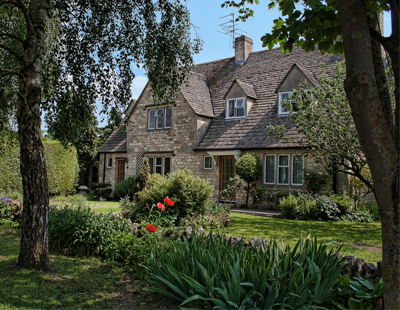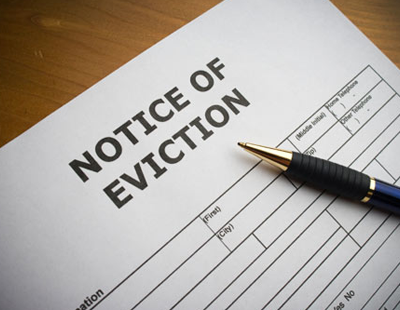\
Across the UK as a whole prices rise by an average of £10,177 in 2020, equating to an increase in value of £27.81 per day. But in one location the daily rise was over £80.
Despite the rollercoaster year caused by Covid, and the subsequent lockdowns, average housing values increased in all parts of the country.
Properties in England benefited from the highest increase in value at £11,037 (£30.16 per day), followed by Wales with an increase of £8,706 (£23.79), Northern Ireland with £5,575 (£15.23) and Scotland with £4,408 (£12.04).
In England, the best performing regions outside of London reflect areas with higher property prices.
The South East ranks in first place, with the average property in the region increasing in value by £12,552 in 2020. It was followed by the South West (£11,671), the East of England (£10,108), the East Midlands (£9,470) and the North West (£9,059).
Properties in Wales ranked in sixth place with an annual increase in value of £8,706, higher than those in the West Midlands (£8,576) and Yorkshire and The Humber (£8,331).
Meanwhile, properties in Northern Ireland (£5,575) performed better than those in the North East of England (£5,084) in 2020.
Homes in Windsor in South East England ranked in first place, with an increase in value of £29,063 in 2020, equating to an increase of £79.41 per day.
Other locations that feature in the top ten and are within a commuting distance to London include Winchester in Hampshire, and St Albans and Bishops Stortford in Hertfordshire.
Reflecting the desire of many home hunters for a change of scenery and more space, locations outside London with the biggest increase in housing value include homes in coastal and rural locations.
Coastal locations also featuring in the top 10 include Penzance, the most westerly major town in Cornwall in third place, with the average property increasing its value by £23,437 in 2020 (£64.04 per day).
Hove, in East Sussex also features in the top 10, as does the coastal town of Christchurch in Dorset with value increases of £21,660 (£59.18 per day) and £21,782 (£59.51 per day) respectively.
When it comes to rural locations, the market town of Cirencester, as known as the ‘Capital of the Cotswolds’ ranks in eighth place, with the average property in the town increasing its value by £20,178 in 2020 (£55.13 per day).
Cheltenham in Gloucestershire and right on the edge of The Cotswolds is ranked just behind Cirencester, with an increase in value of £20,006 (£54.66 a day).
Meanwhile in London the total value of housing passed the £2 trillion mark this year, now standing at £2.03 trillion.
The average London property increased in value by a substantial £19,609 in 2020, while the average value of a London home is now a hefty £658,195.
The biggest increases in London are found in the Royal Borough Borough of Kensington and Chelsea (£49,812) and Westminster (£47,882).
The London Borough of Merton, which encompasses leafy Wimbledon ranked in third place (£35,179), while the London Borough of Hammersmith and Fulham (£34,097), and the City of London (£30,839) make up the top five.
Gráinne Gilmore, head of research at Zoopla says: “The ‘once-in-a-lifetime’ reassessment among a large cohort of homeowners around how and where they want to live has led to strong levels of demand since the end of the first lockdown.
“The data reflects an increased demand for additional indoor and outdoor space, and some rural locations have seen a rise in activity levels as those no longer constrained by a daily commute look for a different style of living.
“These factors, coupled with the stamp duty holiday, has led to one of the busiest Christmas housing markets in a decade, and has underpinned price rises of nearly four per cent this year.”








